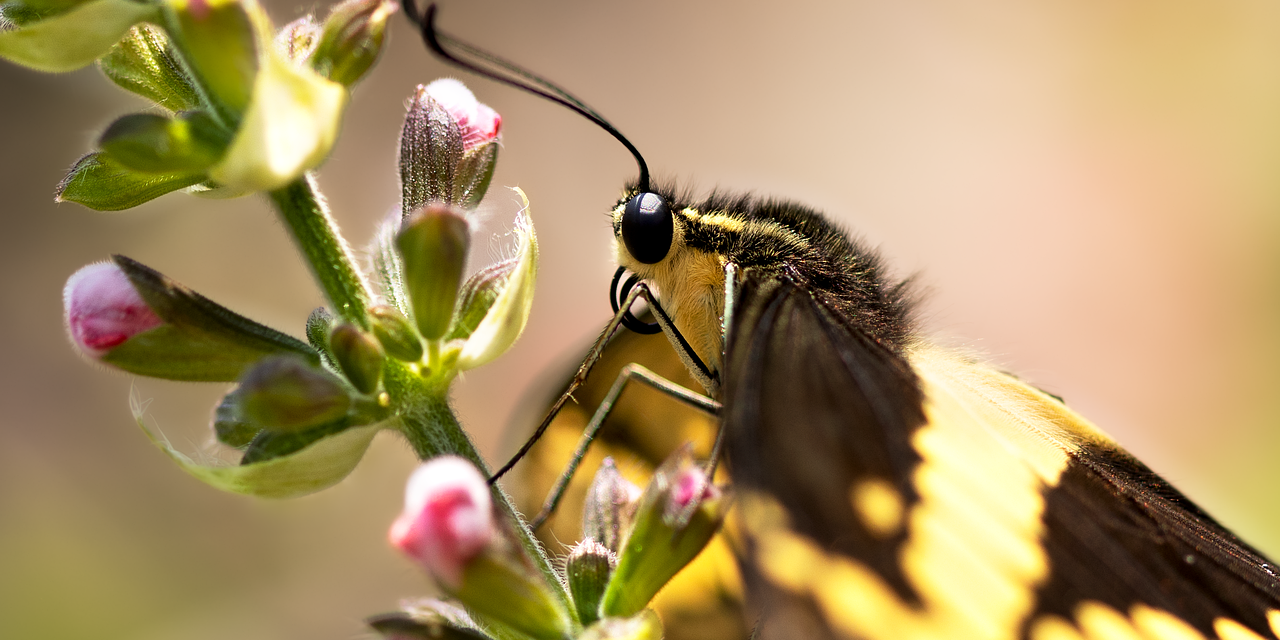Jamaica, known for its vibrant culture and stunning beaches, is also home to some of the world’s rarest butterflies. The island’s isolation and diverse ecosystems have given rise to unique species found nowhere else on Earth. These butterflies not only add to Jamaica’s natural beauty but also play a crucial role in its environmental health.
One of the most celebrated is the Jamaican Giant Swallowtail (Papilio homerus). Recognized as the largest butterfly in the Western Hemisphere, it has a wingspan reaching up to six inches. This striking species, with its black and yellow patterned wings, is found only in the remote rainforests of eastern Jamaica. Unfortunately, due to habitat destruction and environmental pressures, the Jamaican Giant Swallowtail is classified as endangered. Conservation efforts are ongoing to protect this national treasure.
Another endemic species is the Jamaican Satyr (Calisto zangis). This small, brown butterfly might not have the flashy colors of the swallowtail, but it is just as important. It is typically found in shaded, forested areas where it camouflages easily with the forest floor. The Jamaican Satyr is highly adapted to its environment, showing how species evolve to fit specific ecological niches.
The Jamaican Yellow (Eurema jamaica), as its name suggests, is a bright yellow butterfly fluttering through the island’s open fields and gardens. It thrives in sunnier areas, often seen dancing around flowering plants. Its presence is a good indicator of a healthy environment, making it an important species for local ecologists to monitor.
Jamaica’s butterflies are not just beautiful; they are essential for pollination. Many native plants depend on these butterflies for reproduction. The loss of any of these species could have a ripple effect, disrupting entire ecosystems.
Protecting these butterflies requires preserving their habitats. Deforestation, urban development, and climate change are the biggest threats. Conservationists are working with local communities to promote sustainable practices that benefit both people and wildlife. Public education campaigns and ecotourism initiatives are also helping to raise awareness about Jamaica’s unique butterfly species.
For visitors, the chance to see these rare butterflies in the wild is unforgettable. National parks and protected areas like the Blue and John Crow Mountains National Park offer opportunities to witness these delicate creatures in their natural habitat.
Jamaica’s endemic butterflies are a powerful reminder of the island’s ecological richness. Protecting them ensures that future generations can continue to marvel at these living jewels of the Caribbean









